Complete Solutions to Linked Comprehension Type (Q.1 To Q.25) of chapter HYDROCARBONS (ALKANE, ALKENE and ALKYNE) of Class 11 book with complete answers and questions
| Class 11 | CHEMISTRY |
| Chapter | HYDROCARBONS (ALKANE, ALKENE and ALKYNE) |
| HIMANSHU PANDEY | Linked Comprehension Type (Q.1 To Q.25) |
| Number Of Questions | 25 |
| Academic Year | 2023-24 |
Conjugated diene reacts with unsaturated hydrocarbon in presence of heat to lkproduce six membered cyclic product this reaction is known as Diels Alder reaction For this reaction conjugated diene should be in cisiod form. Aromatic hydrocarbon do not give Diels Alder reaction:

Which of the following conjugated unsaturated hydrocarbons will give Diels-Alder reaction?
View SolutionConjugated diene reacts with unsaturated hydrocarbon in presence of heat to lkproduce six membered cyclic product this reaction is known as Diels Alder reaction For this reaction conjugated diene should be in cisiod form. Aromatic hydrocarbon do not give Diels Alder reaction:

Which of the folowing Diels-Alder reactions is fastest?
View SolutionConjugated diene reacts with unsaturated hydrocarbon in presence of heat to lkproduce six membered cyclic product this reaction is known as Diels Alder reaction For this reaction conjugated diene should be in cisiod form. Aromatic hydrocarbon do not give Diels Alder reaction:

Find the product of folowing reaction:
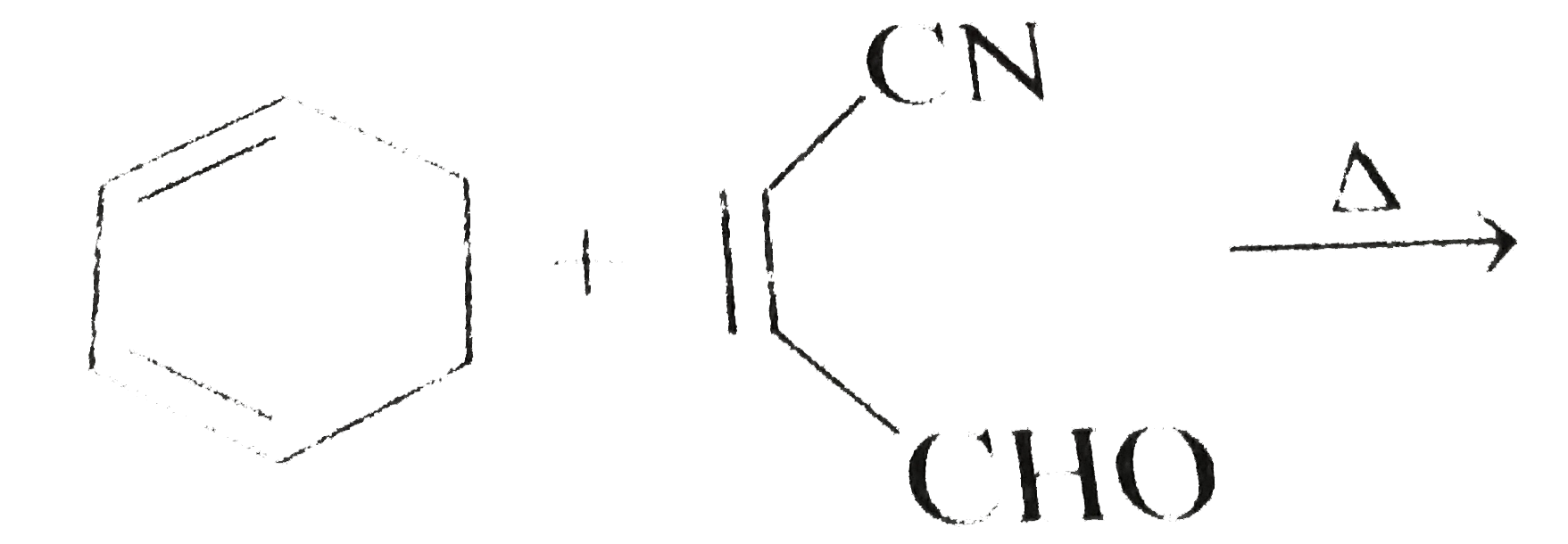
View SolutionAddition of `X_(2)` on alkene is electrophilic additon reaction.Reaction proceed through the formation of 3- membered cyclic halonium ion. Nucleophile `X^(-)` attacks from backside of cyclic halonium ion hence total reaction is anti addition reaction.If this reaction proceed polar solvent then solvent itself acts as nucleophile.
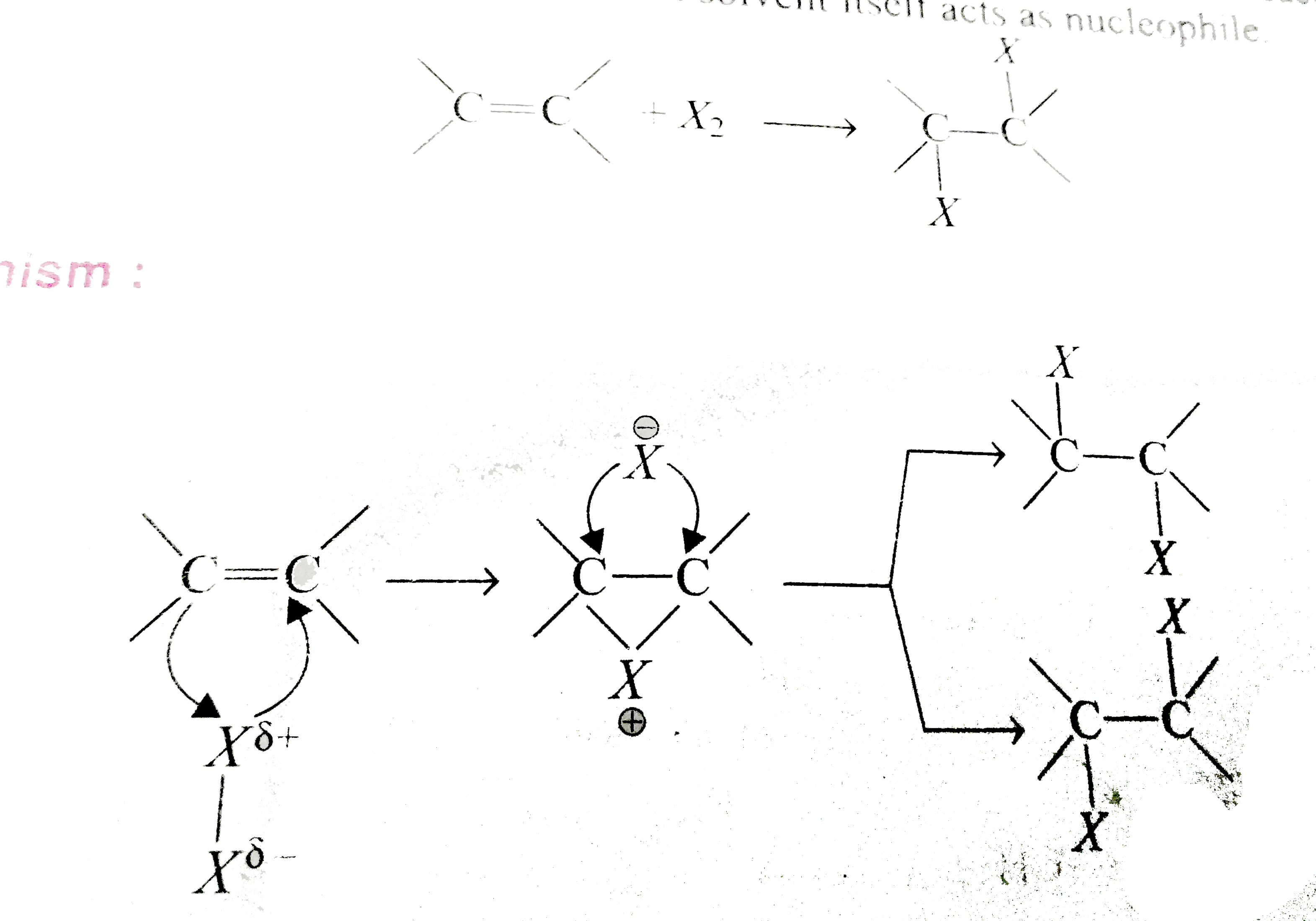
Which of the following statements is incorrect?
View SolutionAddition of `X_(2)` on alkene is electrophilic additon reaction.Reaction proceed through the formation of 3- membered cyclic halonium ion. Nucleophile `X^(-)` attacks from backside of cyclic halonium ion hence total reaction is anti addition reaction.If this reaction proceed polar solvent then solvent itself acts as nucleophile.
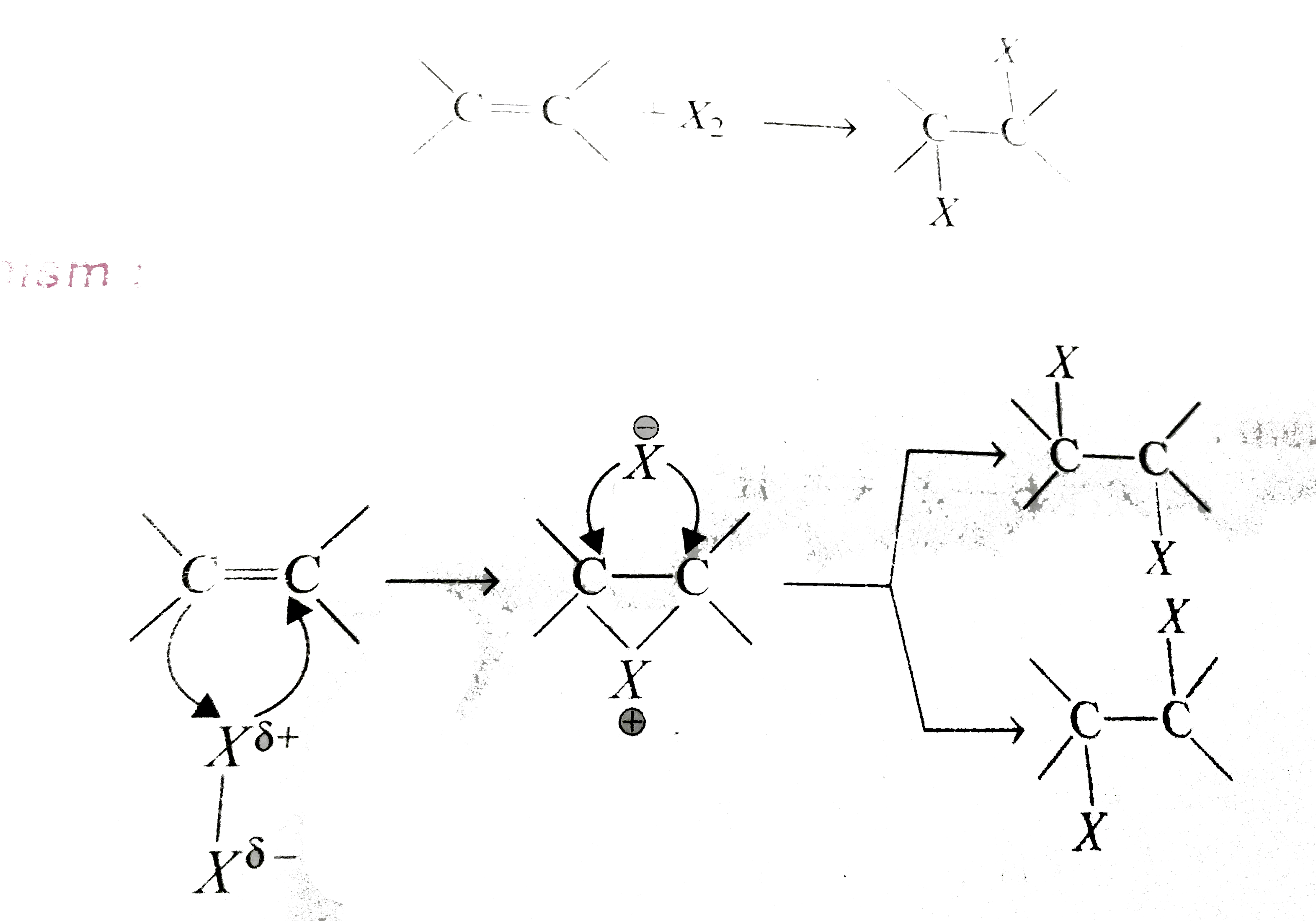
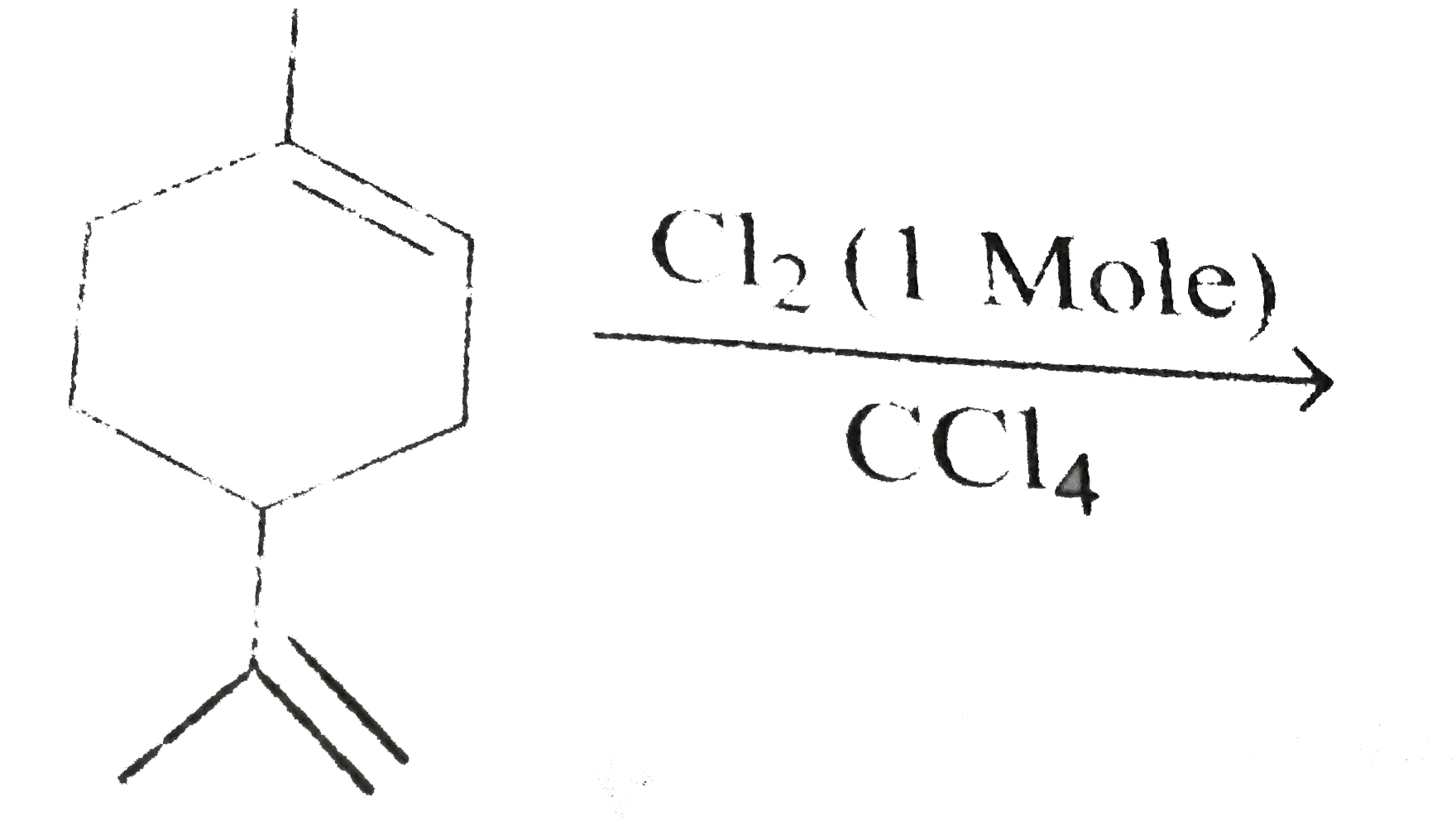
View SolutionAddition of `X_(2)` on alkene is electrophilic additon reaction.Reaction proceed through the formation of 3- membered cyclic halonium ion. Nucleophile `X^(-)` attacks from backside of cyclic halonium ion hence total reaction is anti addition reaction.If this reaction proceed polar solvent then solvent itself acts as nucleophile.
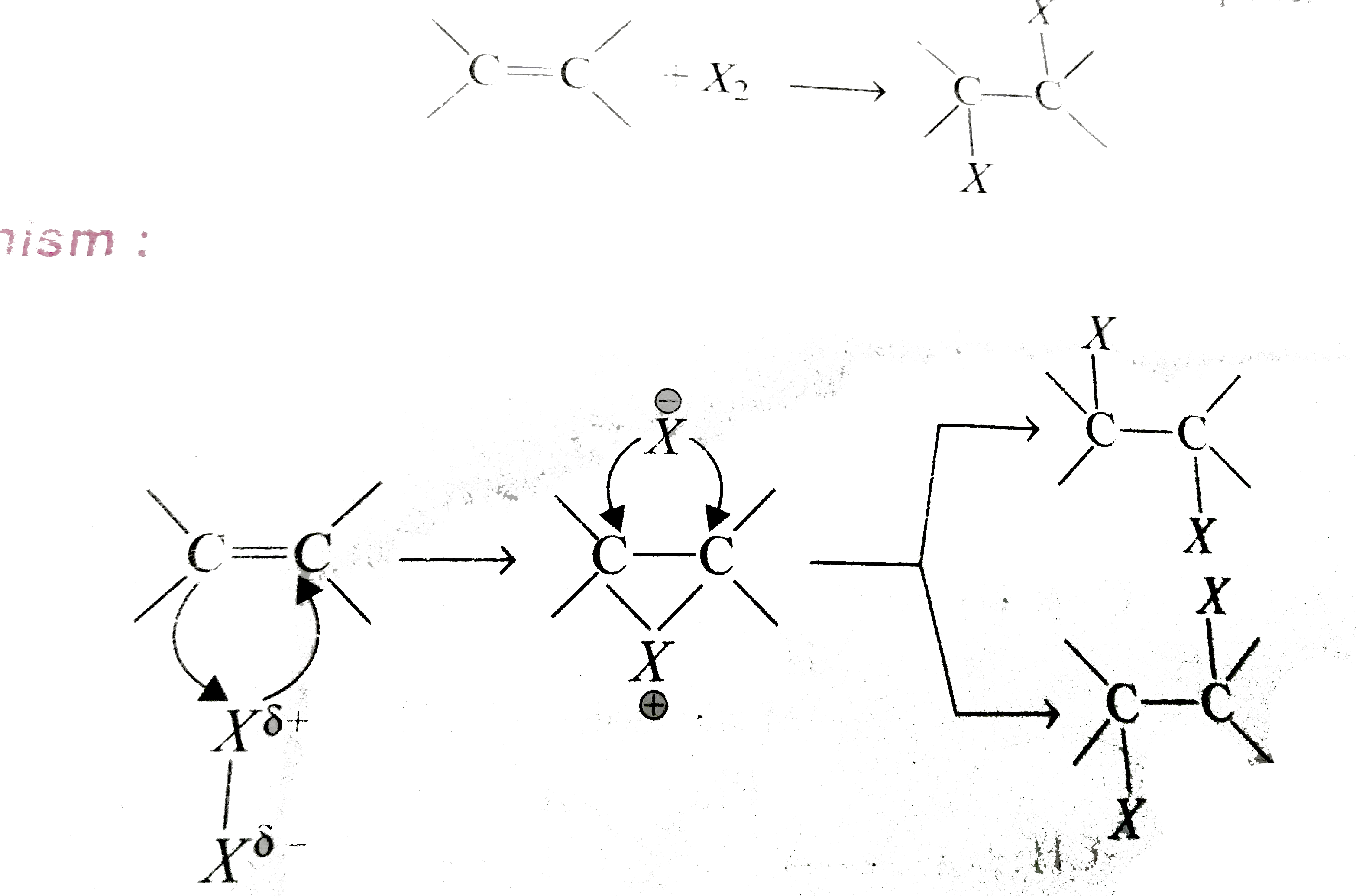

View SolutionAddition of HX on alkene proceed through the formation of carbocation .This reaction is also kjnown as Markownikoff reaction.Accroding to Markownikoff's rule addition of electrophile occurs on theat crbon of alkene which have mor number of 'H' atom.
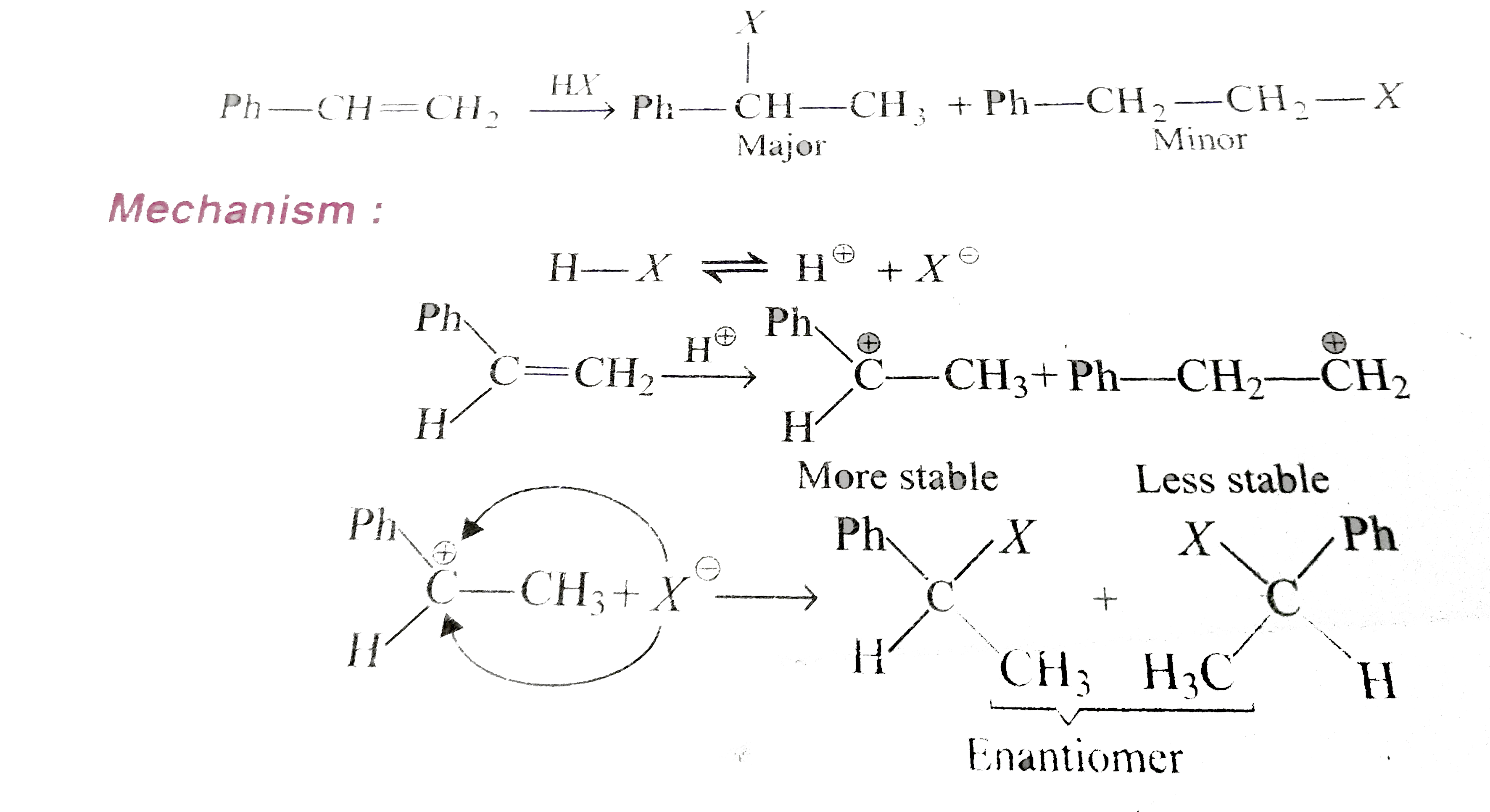
Which of the following alkenes can produce diastereomers?
View SolutionAddition of HX on alkene proceed through the formation of carbocation .This reaction is also kjnown as Markownikoff reaction.Accroding to Markownikoff's rule addition of electrophile occurs on theat crbon of alkene which have mor number of 'H' atom.
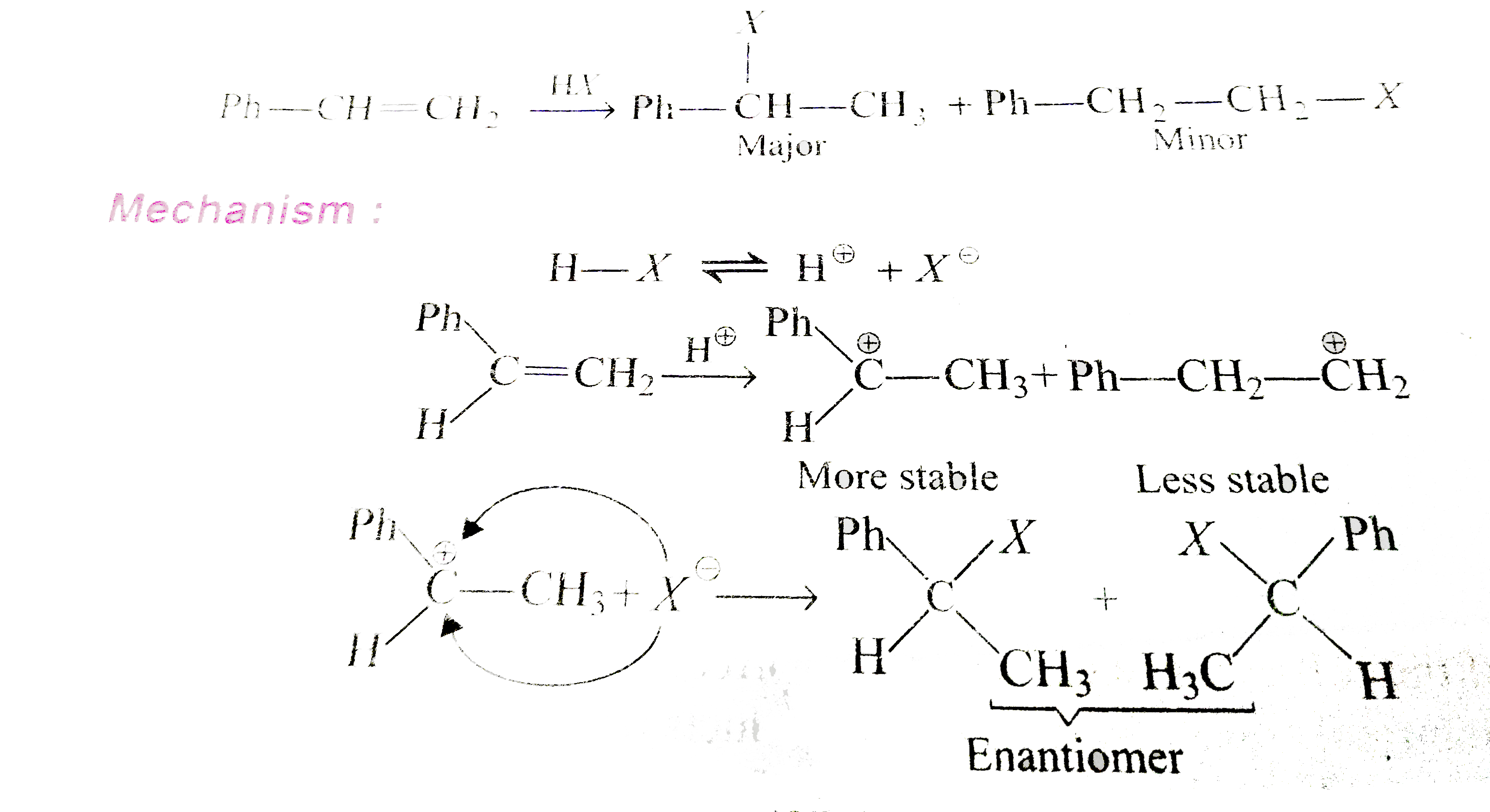
Which of the Following alkenes will give Markownikoff reaction?
View SolutionAddition of HX on alkene proceed through the formation of carbocation .This reaction is also kjnown as Markownikoff reaction.Accroding to Markownikoff's rule addition of electrophile occurs on theat crbon of alkene which have mor number of 'H' atom.
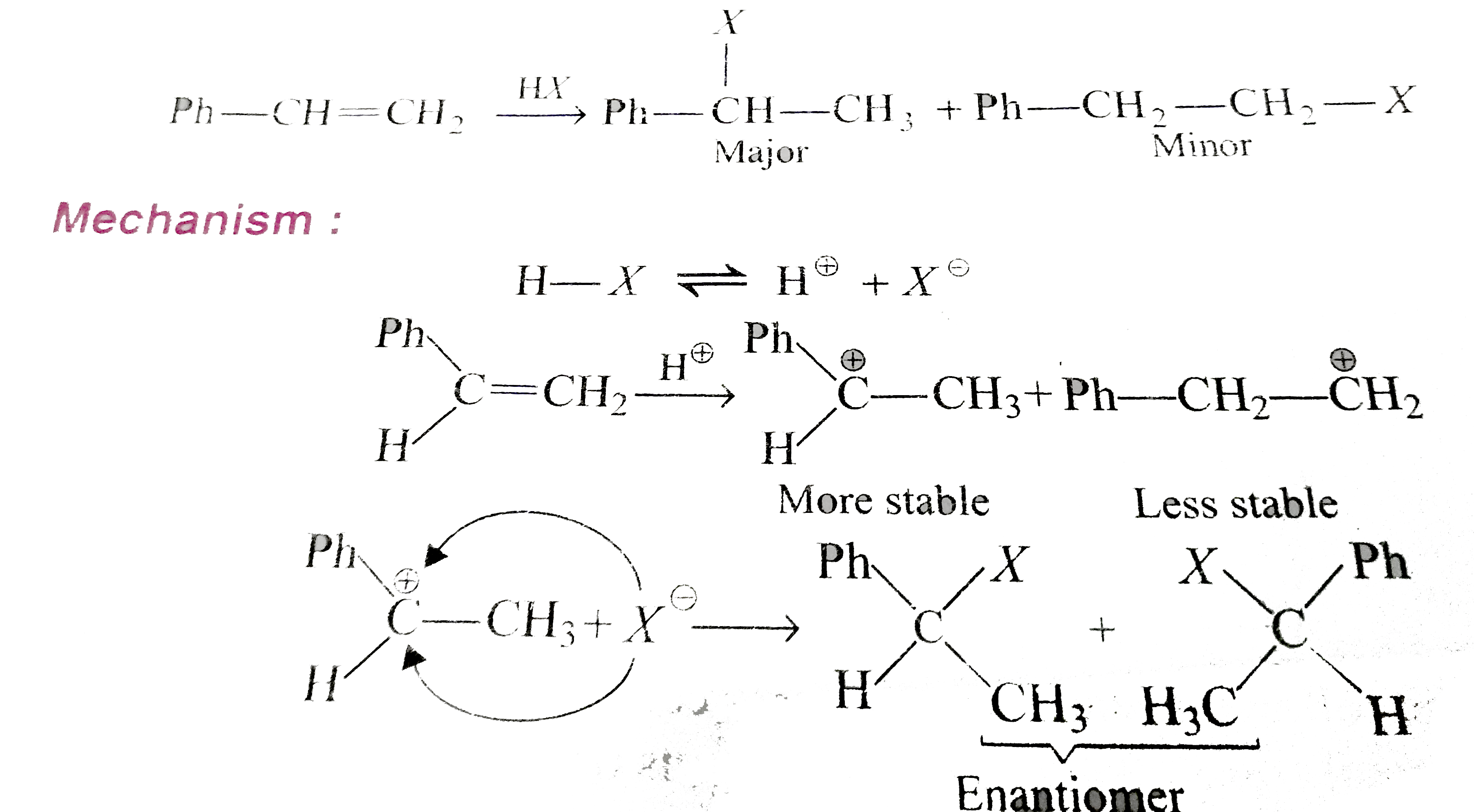
Arrange the following alkenes in decreasing order of reaction with HBr:

View SolutionAlkene and alkyne both undergo electrophilic additon beacuise of `pi` electron density, they behave as elctron rich species, alknens are more reactive toward this reaction because the intermiediate formed when an`E^(oplus)` adds to an alkyne is a vinylic cation wheras sthe intermediate formed when an `E^(oplus)` adds to akene is alkyl cation, which is mopre stable.
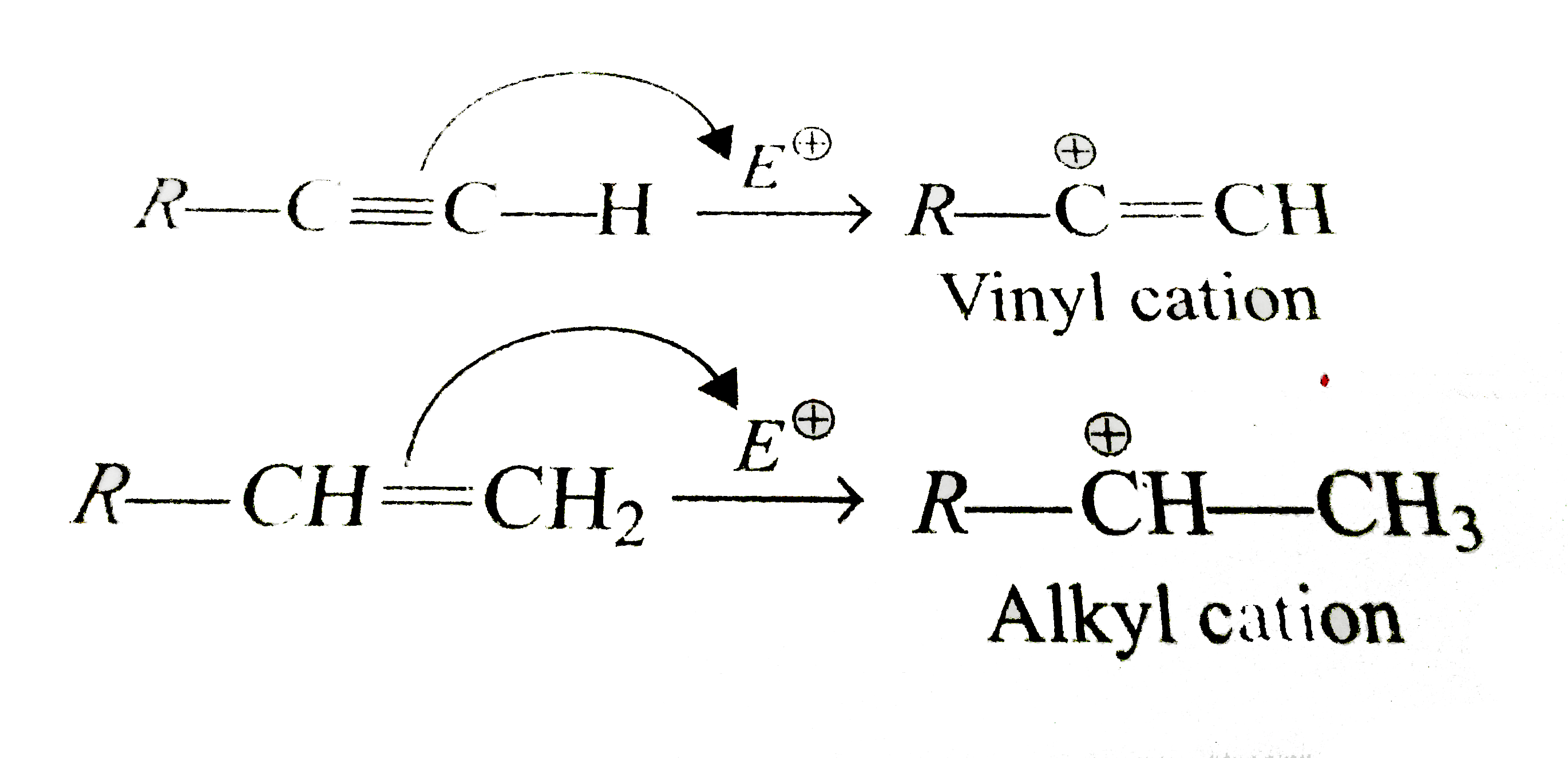
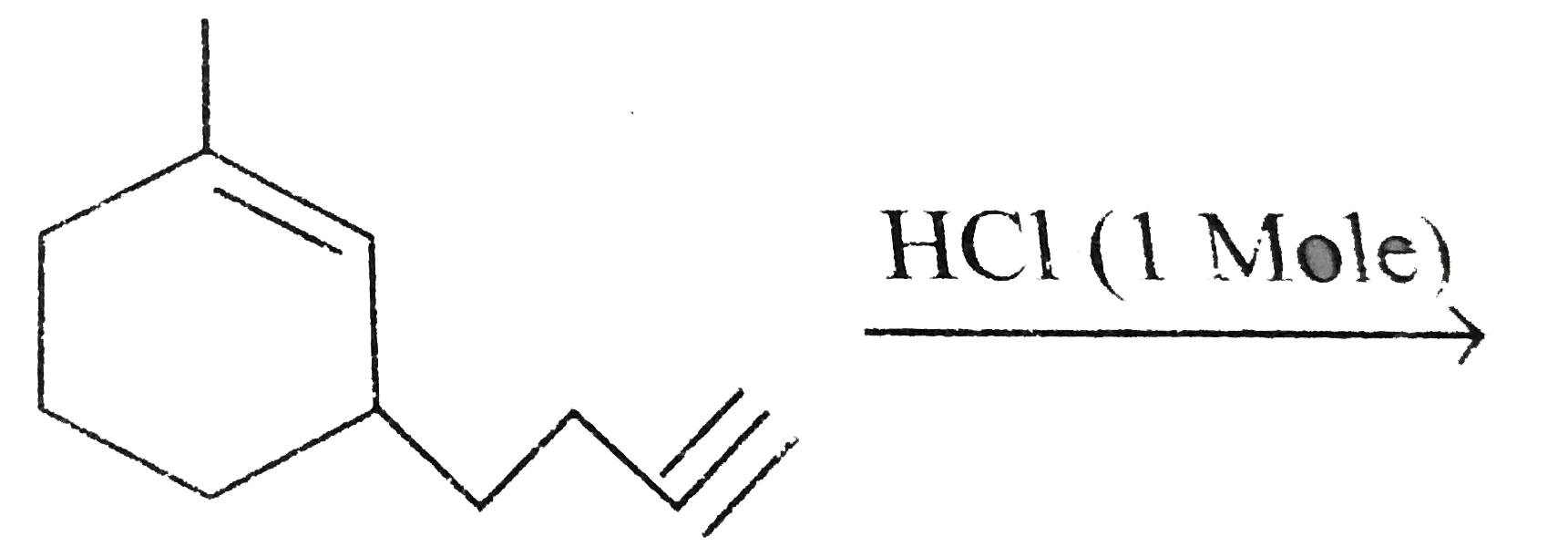
View SolutionAlkene and alkyne both undergo electrophilic additon beacuise of `pi` electron density, they behave as elctron rich species, alknens are more reactive toward this reaction because the intermiediate formed when an`E^(oplus)` adds to an alkyne is a vinylic cation wheras sthe intermediate formed when an `E^(oplus)` adds to akene is alkyl cation, which is mopre stable.
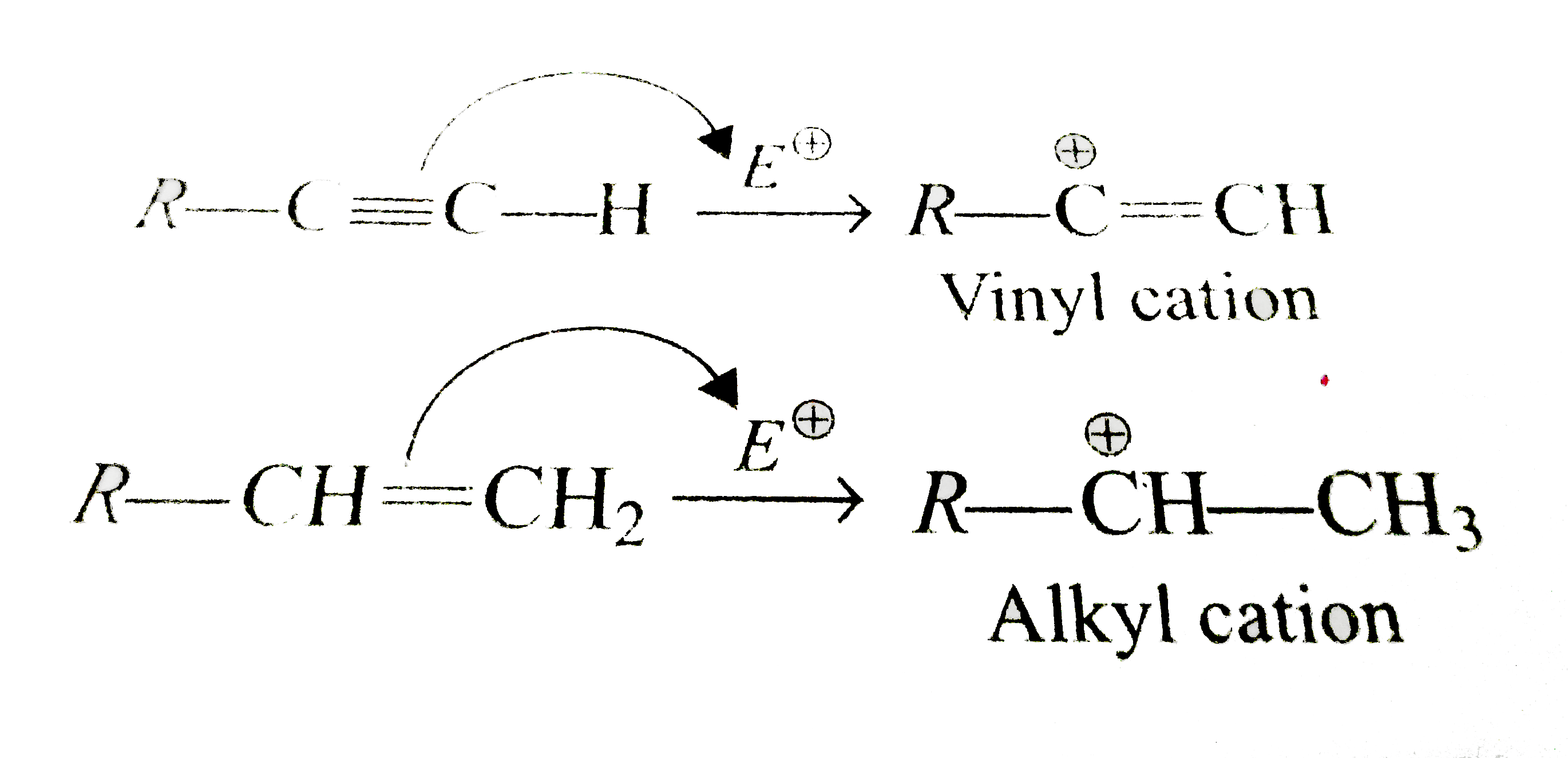

View SolutionAlkene and alkyne both undergo electrophilic additon beacuise of `pi` electron density, they behave as elctron rich species, alknens are more reactive toward this reaction because the intermiediate formed when an`E^(oplus)` adds to an alkyne is a vinylic cation wheras sthe intermediate formed when an `E^(oplus)` adds to akene is alkyl cation, which is mopre stable.
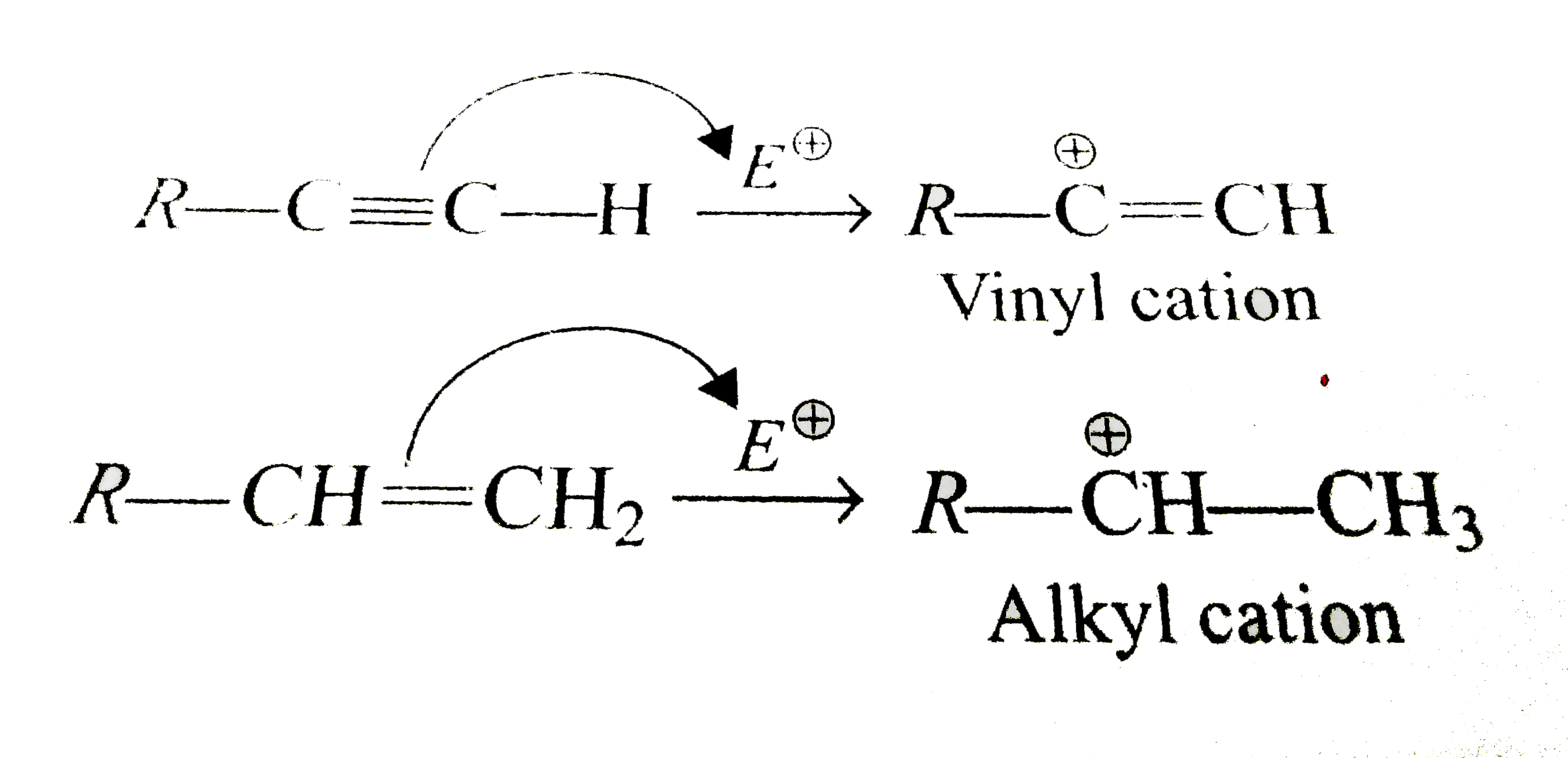 In the reaction:
In the reaction:

View Solution
Find structure of compound A:
View Solution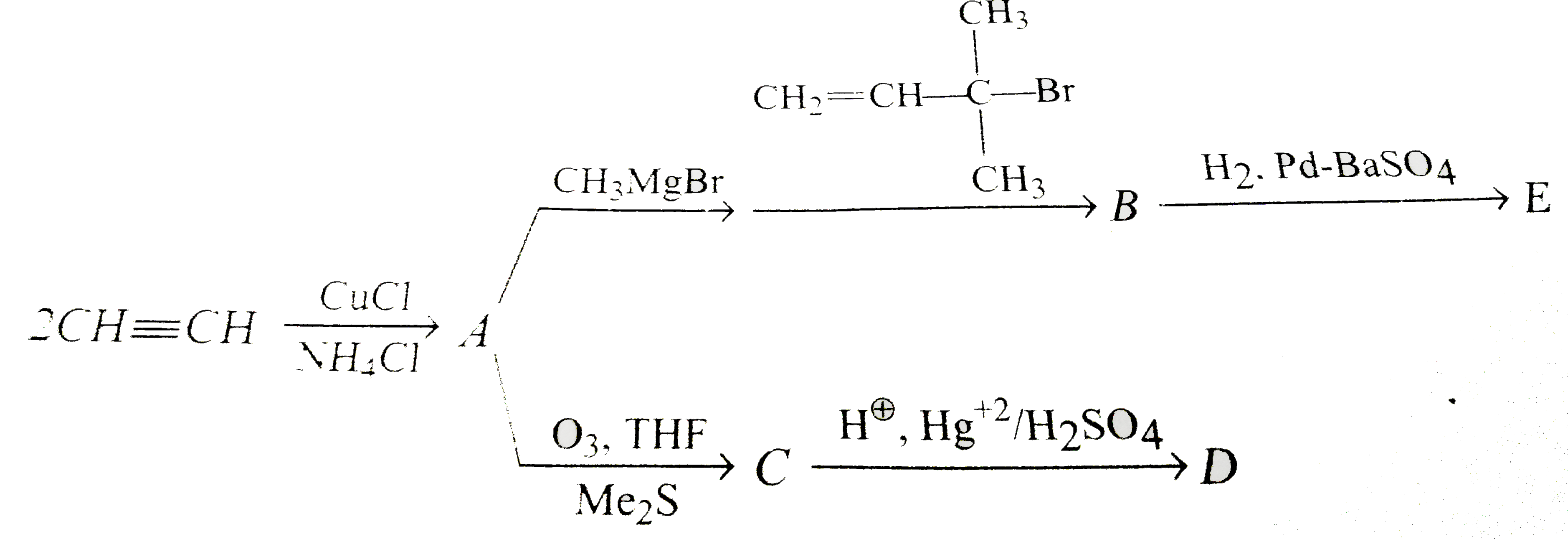
Find structure of compound E:
View Solution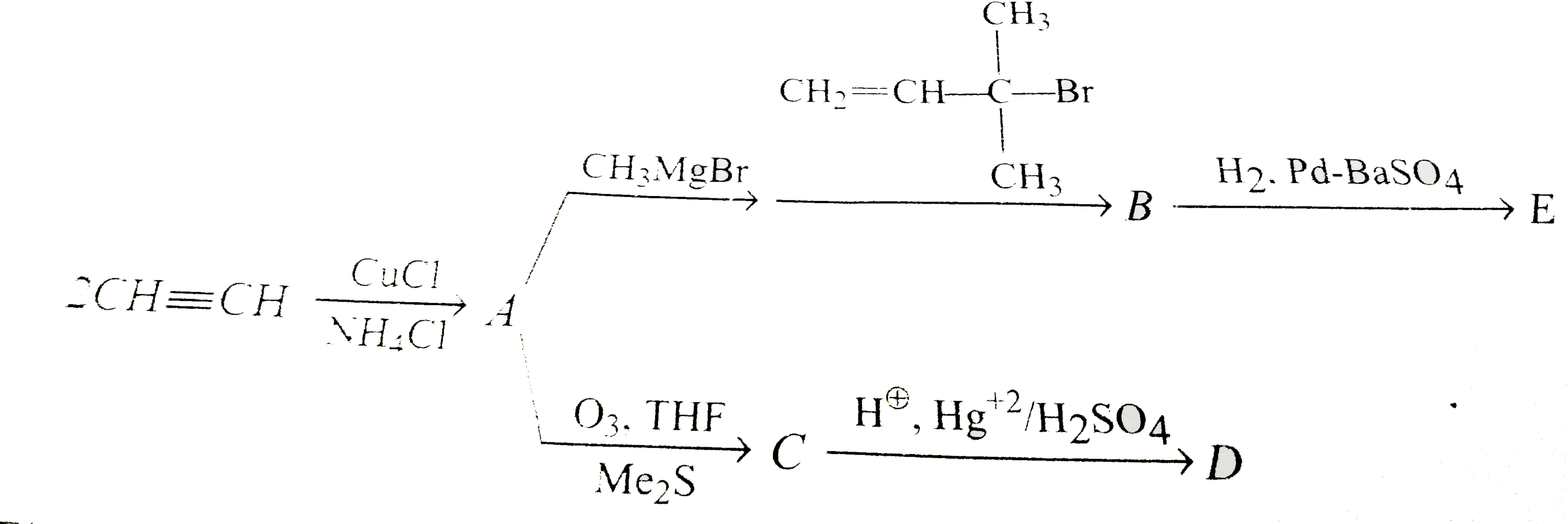
Find structure of compound D:
View Solution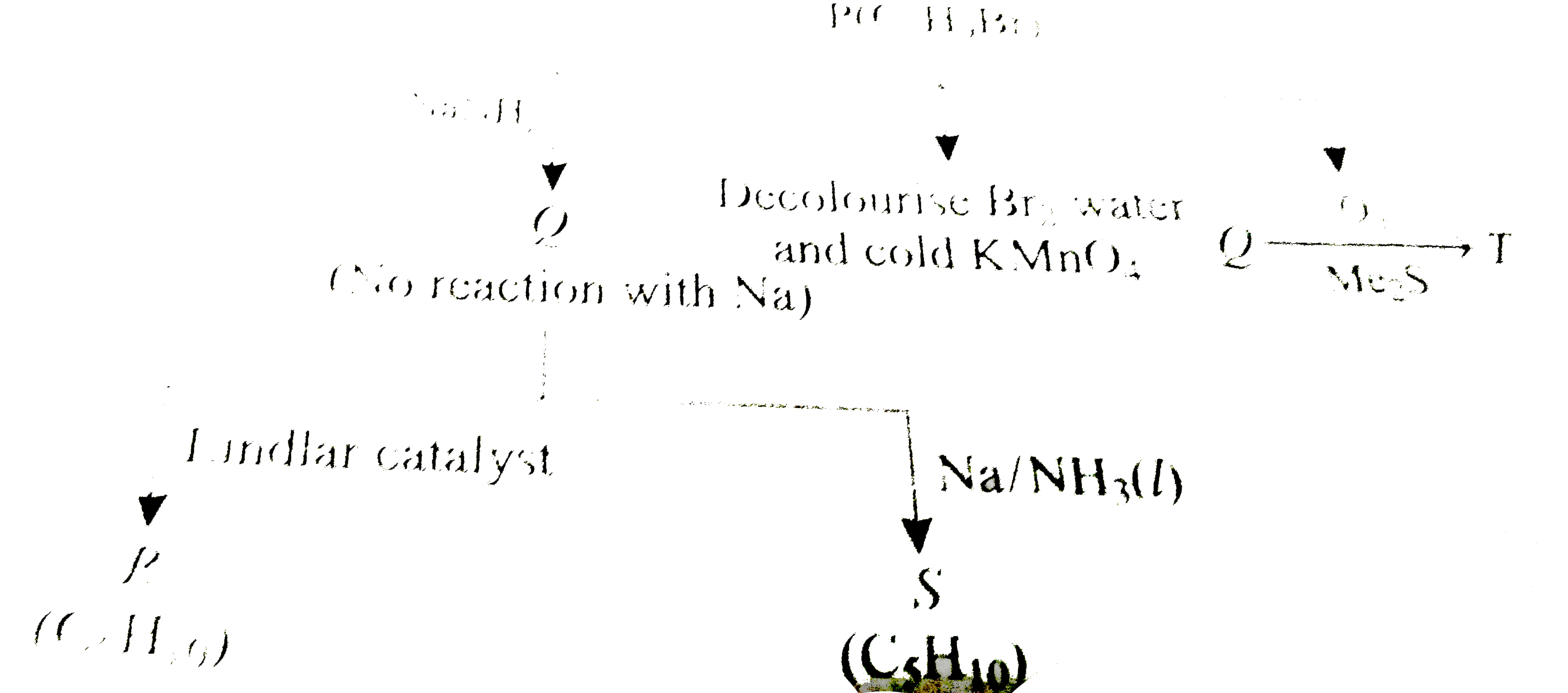
Which of the following is compund P?
View Solution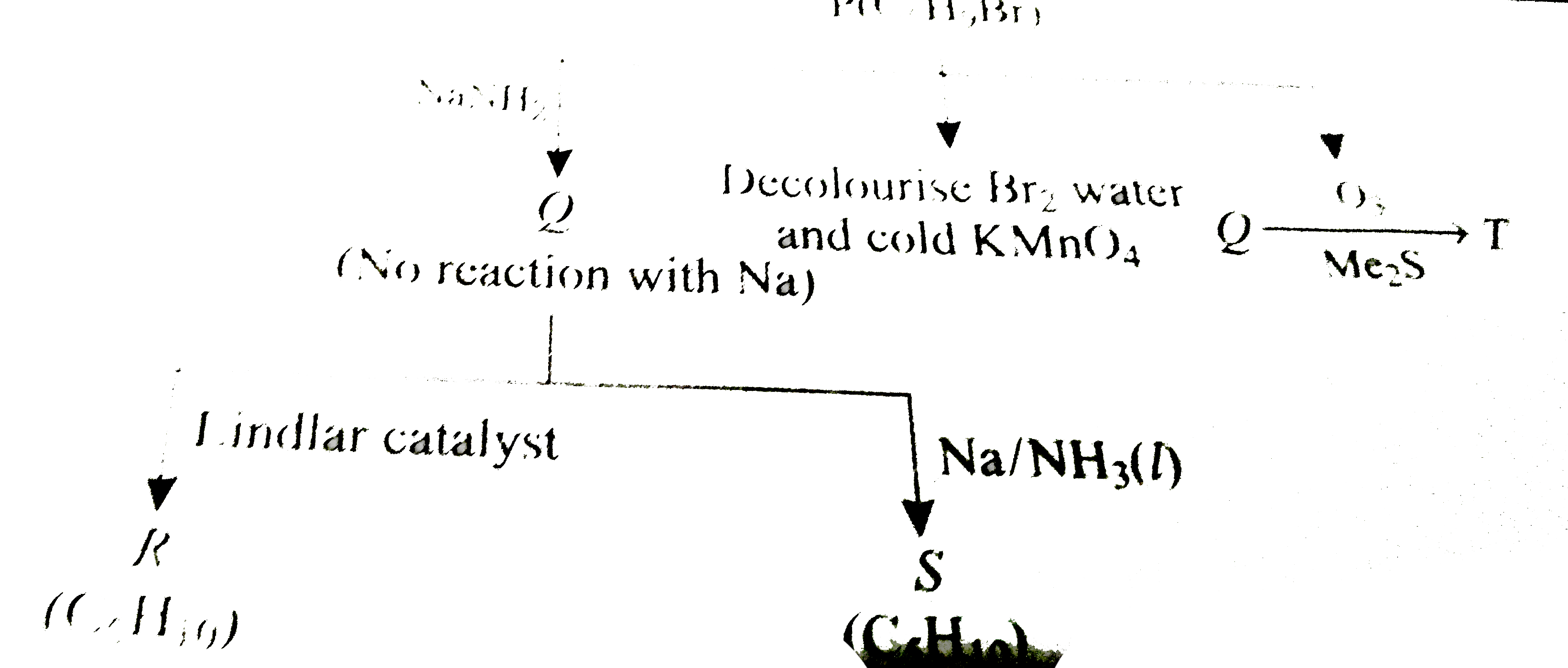
R and s are:
View Solution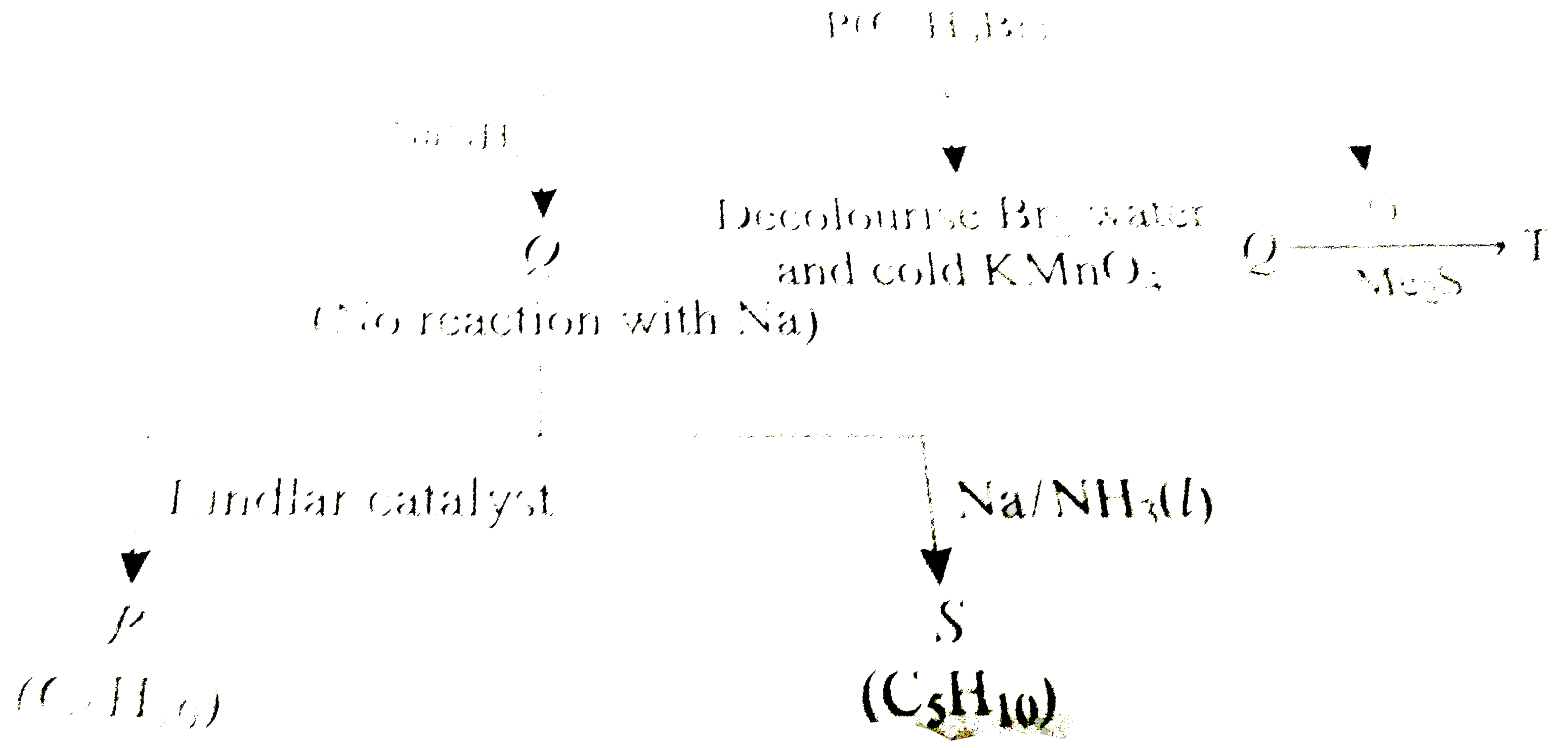
Identify sturcture of compound T:
View SolutionHydroboration oxidation reaction is a process of addtition of `H_(2)O` accroding to Anti-Markownikoff's rule

Reaction is regioselective.Regioselectivity off reaction is increeased by using hindered boranes.
THF (Tetrahydrofuran) is used to control reactivity of borne.
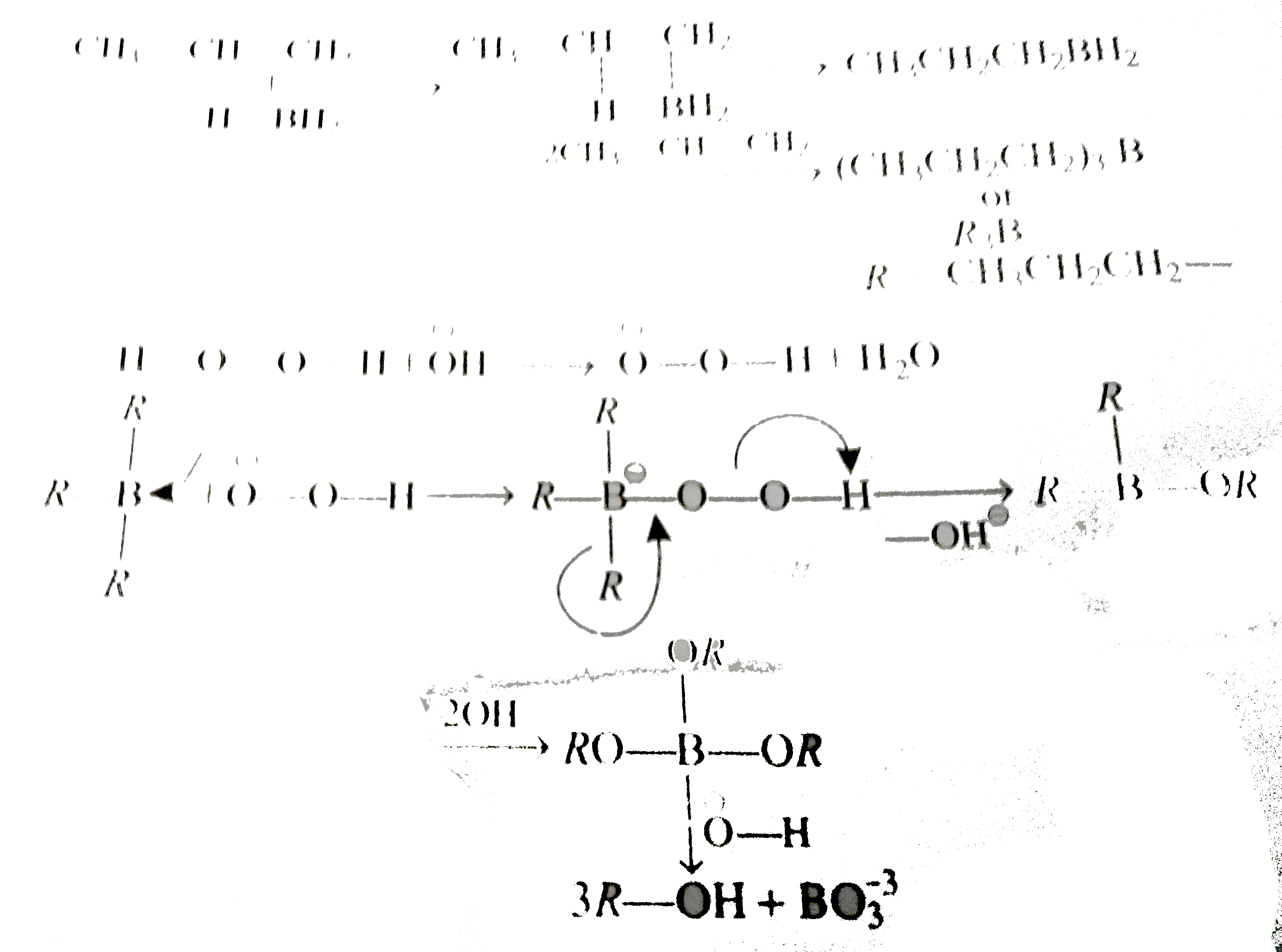

View SolutionHydroboration oxidation reaction is a process of addtition of `H_(2)O` accroding to Anti-Markownikoff's rule

Reaction is regioselective.Regioselectivity off reaction is increeased by using hindered boranes.
THF (Tetrahydrofuran) is used to control reactivity of borne.
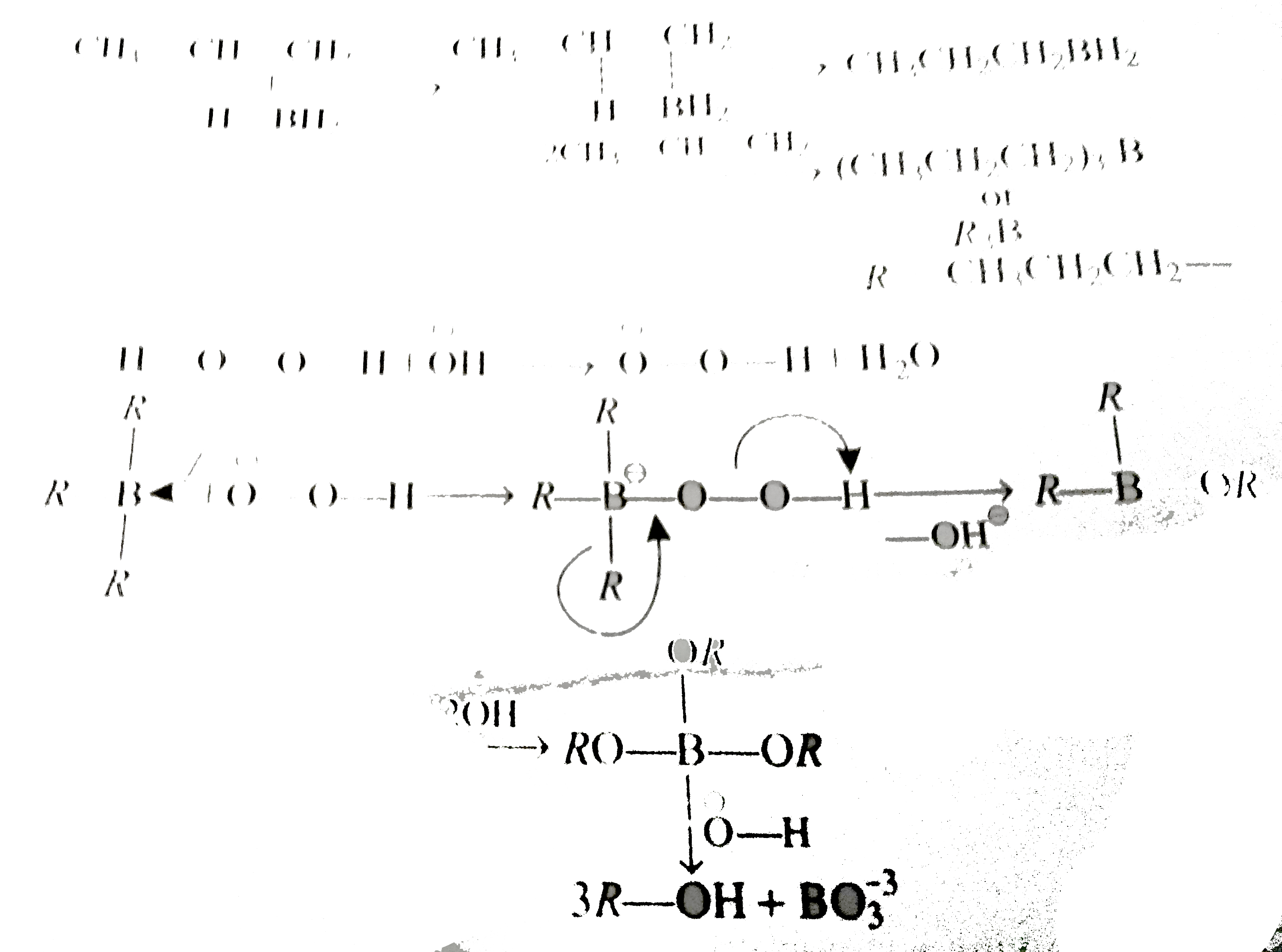

View SolutionHydroboration oxidation reaction is a process of addtition of `H_(2)O` accroding to Anti-Markownikoff's rule

Reaction is regioselective.Regioselectivity off reaction is increeased by using hindered boranes.
THF (Tetrahydrofuran) is used to control reactivity of borne.
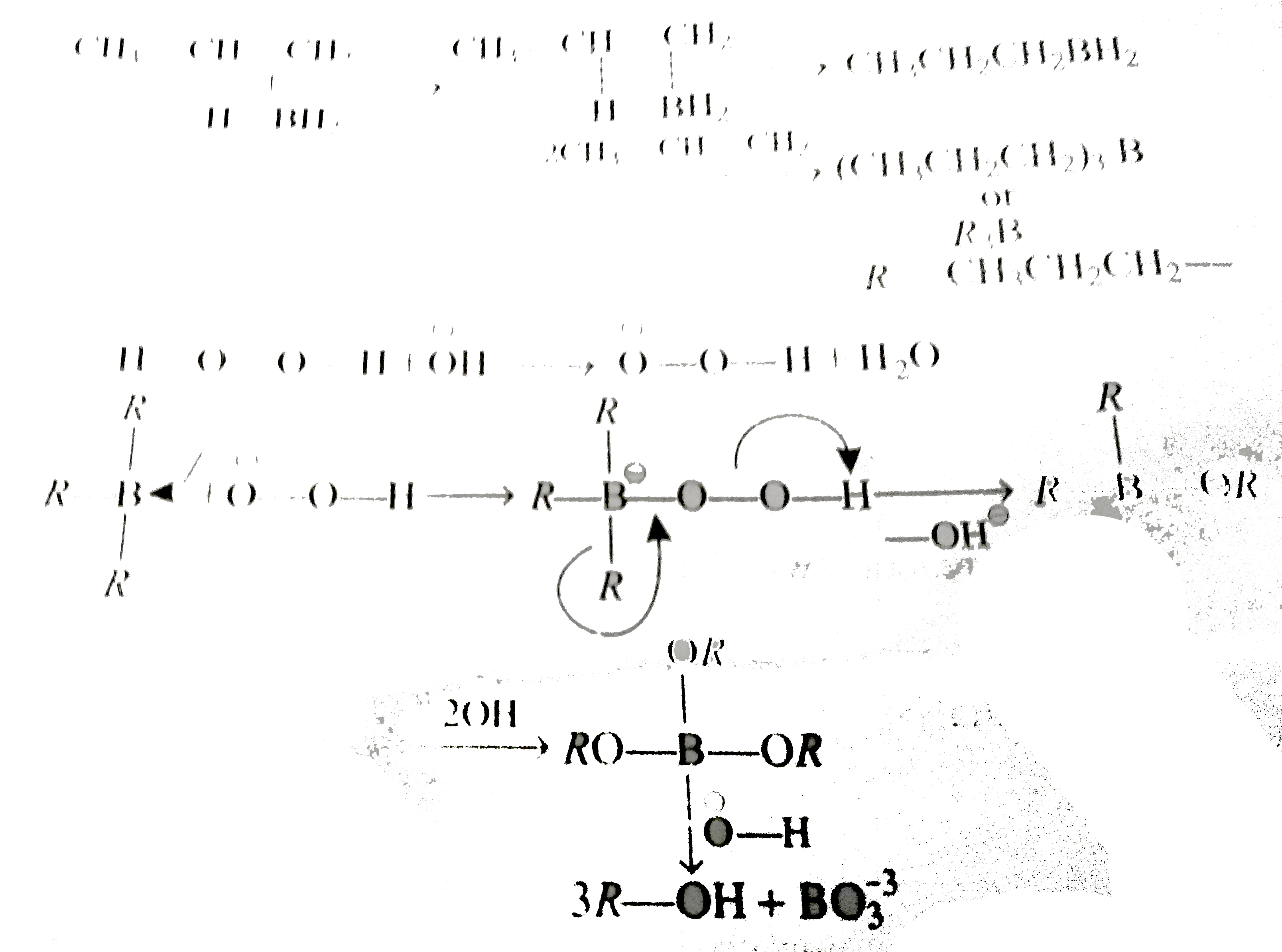
`CH_(3)-C=Choverset(BH_(3).THF)underset(H_(2)O_(2)OH)rarrMajor Product:`
View SolutionAlkane may be prepared from alkyl hlide by Wutrtz method where alkyl halide reacted with Na in prresence of ether
`2R-X overset("Ether")underset(Delta)rarr R-R+2NaX`.
Mechanish:
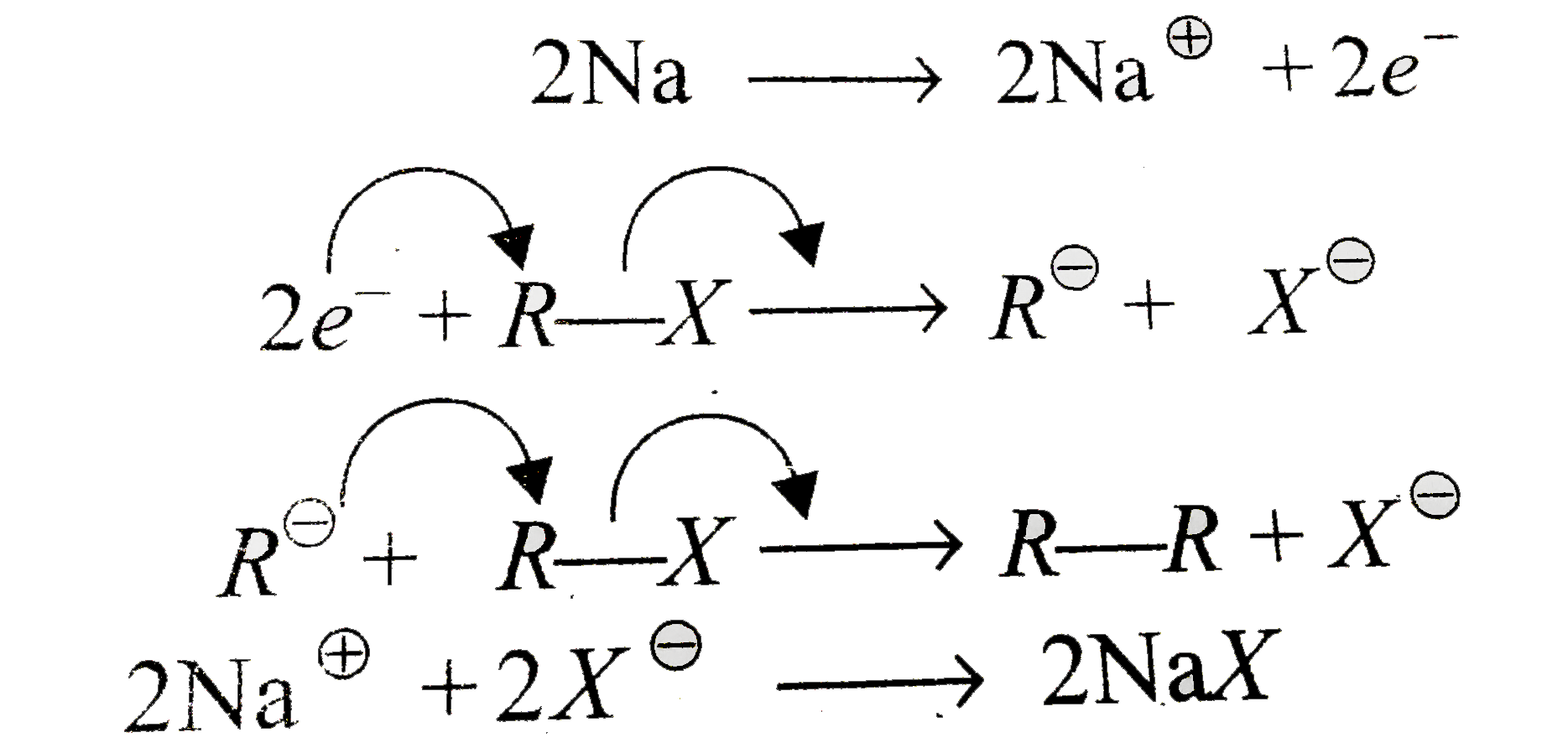
`CH_(3)CH_(2)-Cioverset(Na//ether)underset(triangle)rarr`
Which of the following products may not be formed?
View SolutionAlkane may be prepared from alkyl hlide by Wutrtz method where alkyl halide reacted with Na in prresence of ether
`2R-X overset("Ether")underset(Delta)rarr R-R+2NaX`.
Mechanish:

`CH_(3)-overset(Ch_(3))overset(|)underset(CH_(3))underset(|)C-Broverset(Na//ether)underset()rarr Major product:`
View SolutionAlkane may be prepared from alkyl hlide by Wutrtz method where alkyl halide reacted with Na in prresence of ether
`2R-X overset("Ether")underset(Delta)rarr R-R+2NaX`.
Mechanish:

Which of the folowing compounds is most reactive for Wurtz reaction?
View SolutionHydrocarbon A `(C_(7)H_(12))` was treated with `BH_(3)` .THF, `H_(2)O_(2), NaOH` To product `B(C_(7)H_(14)O_()` as only product.Reaction of B with TsCI//Pydridine follwored by KOH given followied by Zn//AcOH produces only co,pounds shown below:
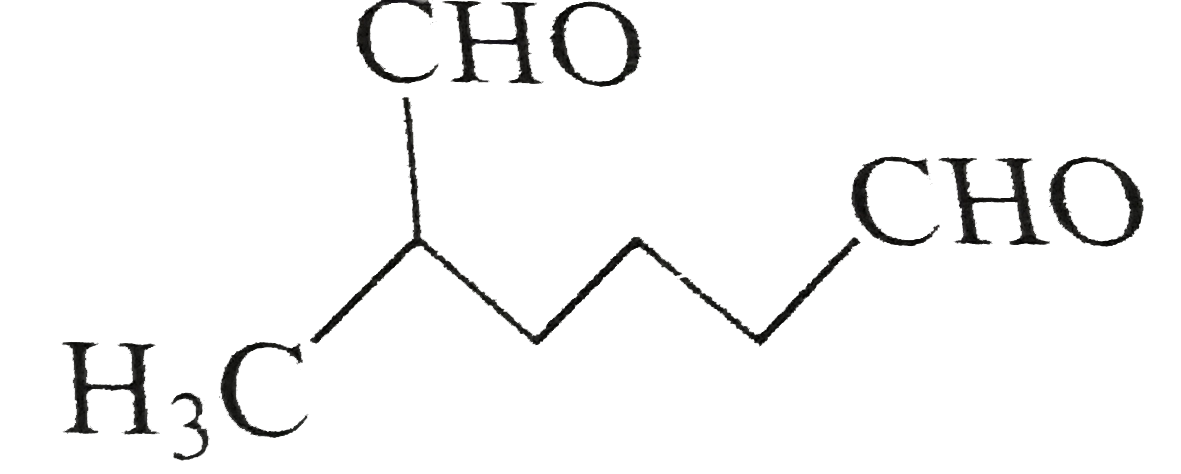
What is correct structure of 'A'?
View Solution
Linked Comprehension Type (Q.1 To Q.25) questions and complete solutions for chapter HYDROCARBONS (ALKANE, ALKENE and ALKYNE) of GR BATHLA & SONS CHEMISTRY (HINGLISH) of Class 11
All Exercises from HIMANSHU PANDEY Class 11 CHEMISTRY HYDROCARBONS (ALKANE, ALKENE and ALKYNE)
- Integer Answer Type Problems
- Level 1 (Q.1 To Q.25)
- Level 1 (Q.26 To Q.50)
- Level 2 (Q.1 To Q.25)
- Level 2 (Q.101 To Q.125)
- Level 2 (Q.126 To Q.150)
- Level 2 (Q.151 To Q.175)
- Level 2 (Q.176 To Q.200)
- Level 2 (Q.201 To Q.225)
- Level 2 (Q.26 To Q.50)
- Level 2 (Q.51 To Q.75)
- Level 2 (Q.76 To Q.100)
- Linked Comprehension Type (Q.1 To Q.25)
- Linked Comprehension Type (Q.26 To Q.33)
- Match The Column
- More Than One Correct (Q.1 To Q.25)
- More Than One Correct (Q.26 To Q.50)
- Subjective Type Problems